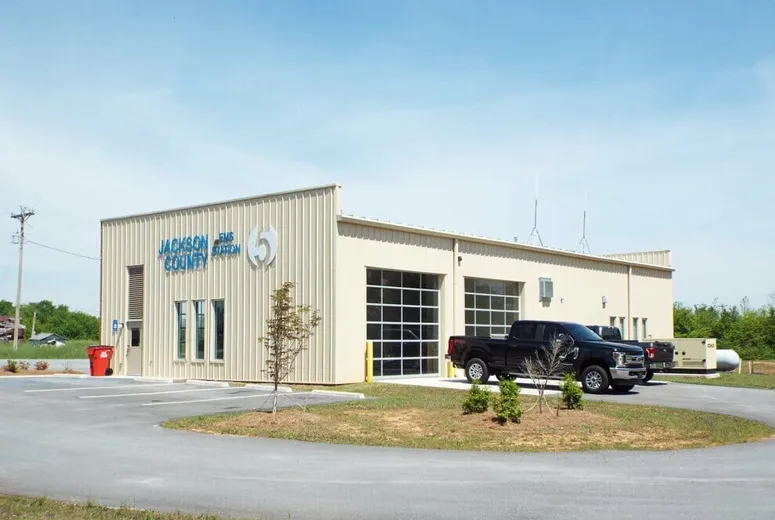- Afrikaans
- Albanian
- Amharic
- Arabic
- Armenian
- Azerbaijani
- Basque
- Belarusian
- Bengali
- Bosnian
- Bulgarian
- Catalan
- Cebuano
- Corsican
- Croatian
- Czech
- Danish
- Dutch
- English
- Esperanto
- Estonian
- Finnish
- French
- Frisian
- Galician
- Georgian
- German
- Greek
- Gujarati
- Haitian Creole
- hausa
- hawaiian
- Hebrew
- Hindi
- Miao
- Hungarian
- Icelandic
- igbo
- Indonesian
- irish
- Italian
- Japanese
- Javanese
- Kannada
- kazakh
- Khmer
- Rwandese
- Korean
- Kurdish
- Kyrgyz
- Lao
- Latin
- Latvian
- Lithuanian
- Luxembourgish
- Macedonian
- Malgashi
- Malay
- Malayalam
- Maltese
- Maori
- Marathi
- Mongolian
- Myanmar
- Nepali
- Norwegian
- Norwegian
- Occitan
- Pashto
- Persian
- Polish
- Portuguese
- Punjabi
- Romanian
- Russian
- Samoan
- Scottish Gaelic
- Serbian
- Sesotho
- Shona
- Sindhi
- Sinhala
- Slovak
- Slovenian
- Somali
- Spanish
- Sundanese
- Swahili
- Swedish
- Tagalog
- Tajik
- Tamil
- Tatar
- Telugu
- Thai
- Turkish
- Turkmen
- Ukrainian
- Urdu
- Uighur
- Uzbek
- Vietnamese
- Welsh
- Bantu
- Yiddish
- Yoruba
- Zulu
ਨਵੰ. . 10, 2024 15:46 Back to list
The Rise of Prefabricated Engineered Buildings A Sustainable Future
In recent years, the construction industry has witnessed a significant transformation, primarily driven by advancements in technology and a growing emphasis on sustainability. Among the various innovative practices emerging in this field, prefabricated engineered buildings have gained considerable attention. These structures, manufactured off-site and assembled on location, represent a new paradigm in construction that not only reduces time and cost but also enhances environmental sustainability.
Prefabrication involves producing building components in a controlled factory environment. This process ensures high-quality standards, minimizes waste, and allows for greater efficiency compared to traditional construction methods. Key elements, such as walls, floors, and roofs, are fabricated in modules that can be quickly transported to the construction site. This method dramatically reduces the on-site labor required and shortens the overall building timeline from months to mere weeks.
One of the primary advantages of prefabricated engineered buildings is their sustainability. The construction industry is one of the largest contributors to greenhouse gas emissions, primarily through the energy-intensive processes involved in traditional building methods. However, prefabrication mitigates this impact. By centralizing the manufacturing process, energy consumption can be optimized, and waste can be managed more effectively. Additionally, controlled environments allow for better recycling of materials and the implementation of greener technologies, like energy-efficient machinery and renewable energy sources, further reducing the carbon footprint associated with construction activities.
Moreover, prefabricated buildings are inherently designed with sustainability in mind. The use of advanced materials and engineered systems enables architects and builders to create structures that are not only durable but also highly efficient. From energy-efficient insulation to smart building systems that monitor and control energy usage, these buildings are equipped to meet the demands of a changing climate. Furthermore, prefabrication allows for the integration of innovative design features, such as modular layouts and flexible spaces, which can be easily adapted to evolving needs.
prefabricated engineered building

Cost efficiency is another significant factor driving the popularity of prefabricated engineered buildings. The reduced construction timeline results in lower labor costs and decreased overhead expenses. Additionally, the precise manufacturing process reduces material waste, which can save contractors and developers substantial amounts of money. According to industry analyses, prefabricated buildings can lead to cost savings of up to 20-30% compared to conventional construction methods.
Safety is a critical consideration in construction, and prefabrication enhances safety measures on-site. With much of the work conducted in controlled factory settings, the risks associated with working in unpredictable outdoor environments are minimized. Workers are less exposed to harsh weather conditions, and the standardized production processes lead to fewer accidents. As a result, prefabricated engineered buildings not only promote environmental sustainability but also prioritize worker safety.
The rise of technology has played a pivotal role in the growth of prefabricated engineered buildings. Innovations such as Building Information Modeling (BIM) enable architects and engineers to design and visualize projects in a virtual environment before any physical construction begins. This technology aids in detecting potential issues early in the design phase, leading to a smoother execution on-site. Additionally, advancements in materials science—such as lightweight composites and modular systems—have expanded the possibilities for prefabrication, making it a viable option for a broader range of applications, from residential to commercial projects.
Despite the myriad advantages, some challenges remain. The initial investment required for setting up a prefabrication facility can be substantial, and transportation costs for large modules can also hinder widespread adoption. However, as more construction firms embrace these practices and technology continues to evolve, it is likely that these barriers will diminish.
In conclusion, prefabricated engineered buildings represent a forward-thinking approach to construction that aligns with the pressing need for sustainable practices in the industry. By reducing waste, lowering costs, and enhancing efficiency and safety, these structures provide an innovative solution for the future. As we look toward sustainable development for urban growth, prefabrication stands out as a promising avenue, merging traditional building crafts with modern technology to create environmentally responsible spaces that meet the challenges of today's world.
-
Cold Formed Steel Residential Framing
NewsMay.21,2025
-
Innovative Steel Structure Building Solutions
NewsMay.19,2025
-
Innovative Prefab Metal Shed Solutions
NewsMay.19,2025
-
Durable Steel Horse Shelter Solutions
NewsMay.19,2025
-
Durable Metal Shed Solutions
NewsMay.19,2025
-
Durable Big Metal Shed Solutions
NewsMay.19,2025
Products categories
Our Latest News
We have a professional design team and an excellent production and construction team.












